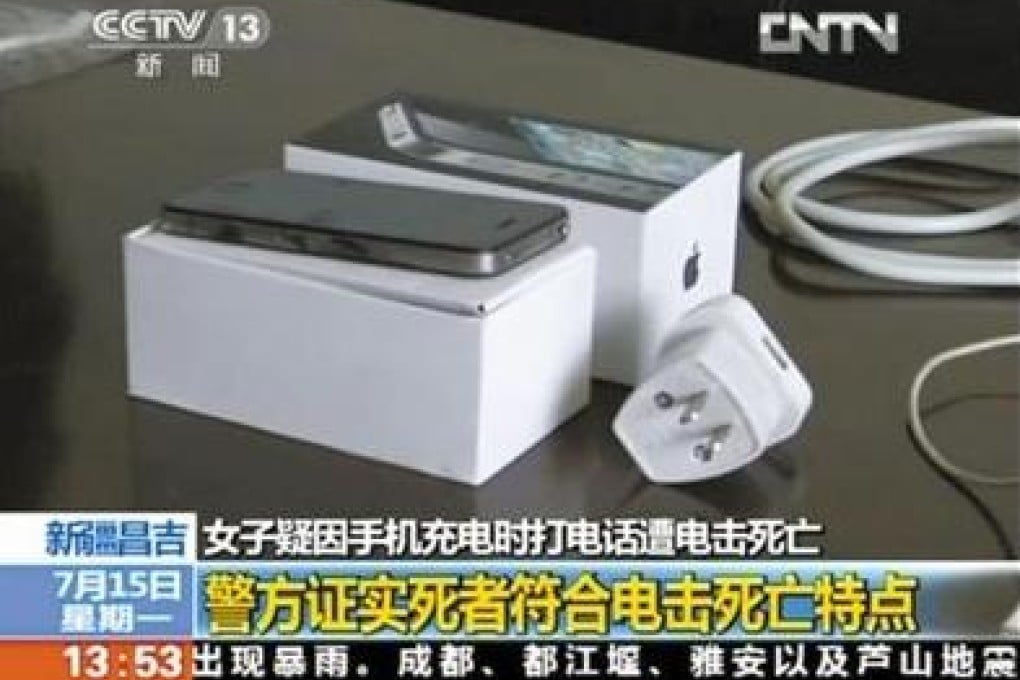'Fake' iPhone charger cited in electrocution death probe
New details reveal victim may have been using an unauthorised charger for her iPhone 4

A woman killed by an electric shock while using her iPhone may have been using a non-Apple-made battery charger at the time of her death, Chinese state media reported.
“Knockoff chargers sometimes cut corners,” Xiang said. “The quality of the capacitor and circuit protector may not be good, and this may lead to the capacitor breaking down and sending 220 volts of electricity directly into the cell phone battery.”

Another possibility was the charger had been intended for use in Hong Kong, Taiwan or Japan, Xiang said.
“Hong Kong, Taiwan and Japan all use an electrical voltage of 110 volts,” Xiang said. “Mainland China uses 220 volts. If the charger was made to accommodate only 110 volts, then it’s possible it may have broken down and [overloaded.]”